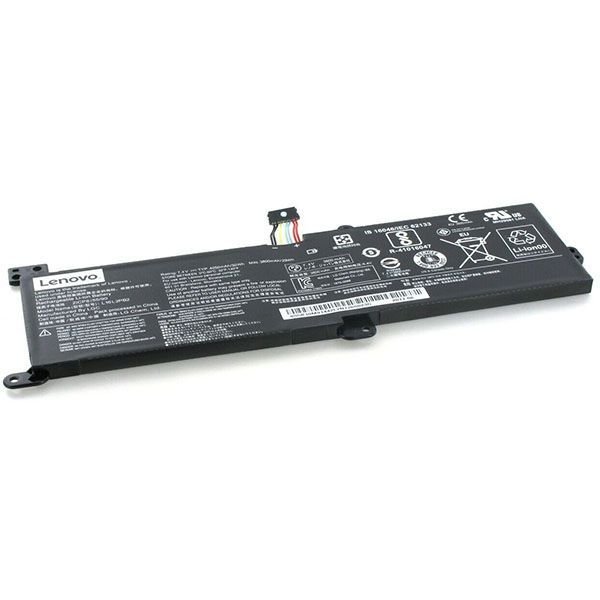Clearing Blocked Toilet: A Comprehensive Guide for Homeowners
A blocked toilet can be an inconvenient and distressing problem, disrupting your daily routine and causing hygiene concerns. Whether it’s a minor blockage or a major clog, knowing how to effectively clear a blocked toilet can save you time and money. This guide will explore common causes of toilet blockages, practical solutions, and tips for prevention.
Common Causes of Blocked Toilets
Understanding the common reasons behind toilet blockages can help you avoid future issues. Here are some typical culprits:
Excess Toilet Paper
Using too much toilet paper is one of the leading causes of blockages. If too much paper is flushed at once, it can create a mass that is difficult to break down, leading to clogs.
Foreign Objects
Sometimes, small objects like toys, wipes, or sanitary products accidentally make their way into the toilet. These items do not break down easily and can quickly lead to blockages.
Hard Water Deposits
In areas with hard water, mineral deposits can build up in the pipes over time. These deposits can restrict water flow, contributing to blockages.
Tree Roots
In older homes, tree roots can invade sewer lines and cause serious blockages. This is often more difficult to diagnose and requires professional intervention.
How to Clear a Blocked Toilet
If you find yourself facing a blocked toilet, don’t panic. Here are some effective methods to help you clear the blockage:
1. Use a Plunger
A plunger is the most common tool for clearing toilet clogs. Here’s how to use it effectively:
- Choose the Right Plunger: Make sure you have a flange plunger, which is specifically designed for toilets.
- Create a Seal: Place the plunger in the toilet bowl, ensuring it covers the drain hole completely.
- Pump Vigorously: Push down and pull up forcefully several times, creating suction that can dislodge the blockage.
- Flush: After several attempts, flush the toilet to see if the water drains properly. If not, repeat the process.
2. Try Hot Water
Sometimes, hot water can help dissolve blockages:
- Boil Water: Heat a kettle of water but do not let it boil.
- Pour Slowly: Carefully pour the hot water into the toilet bowl from waist height. This can help break down toilet paper or other materials causing the clog.
- Flush Again: After pouring the hot water, try flushing the toilet.
3. Use Baking Soda and Vinegar
A natural method for clearing clogs involves using baking soda and vinegar:
- Add Baking Soda: Pour about one cup of baking soda into the toilet bowl.
- Follow with Vinegar: Add one to two cups of vinegar.
- Wait: Allow the mixture to fizz and work on the blockage for about 30 minutes.
- Flush: After waiting, flush the toilet to see if the clog has cleared.
4. Use a Toilet Auger
For tougher blockages, a toilet auger can be an effective solution:
- Insert the Auger: Carefully insert the auger into the toilet bowl until you reach the blockage.
- Crank the Handle: Turn the handle to break up the clog or retrieve any foreign objects.
- Flush: After using the auger, flush the toilet to clear any remaining debris.
When to Call a Professional
If you’ve tried these methods and your toilet remains blocked, it may be time to call in a professional plumber. Here are some signs that indicate you need expert help:
- Repeated Blockages: If your toilet clogs frequently, it could indicate a larger plumbing issue.
- Slow Drainage: If multiple fixtures in your home are draining slowly, it may point to a more serious blockage in the sewer line.
- Unusual Sounds: Gurgling sounds coming from the toilet or other drains can suggest air trapped in the pipes due to a blockage.
Preventing Future Blockages
To avoid future issues with blocked toilets, consider the following prevention tips:
Use Less Toilet Paper
Be mindful of how much toilet paper you use. Consider flushing more frequently to prevent excessive buildup.
Avoid Flushing Foreign Objects
Educate your family about what should and shouldn’t be flushed. Always dispose of items like wipes, feminine products, and other non-flushable materials in the trash.
Regular Maintenance
Consider scheduling regular plumbing inspections to catch any potential issues before they become significant problems.
Conclusion
A blocked toilet can be a frustrating issue, but with the right tools and methods, you can often clear it yourself. Understanding the common causes and employing effective techniques can help you maintain a fully functioning toilet. If problems persist, don’t hesitate to reach out to a professional plumber for assistance. With proper care and maintenance, you can prevent future blockages and keep your plumbing system running smoothly.






